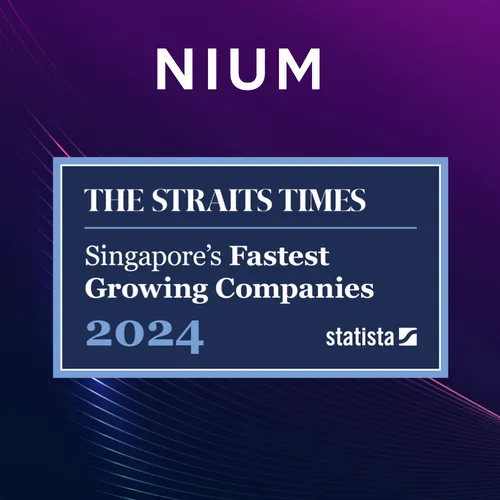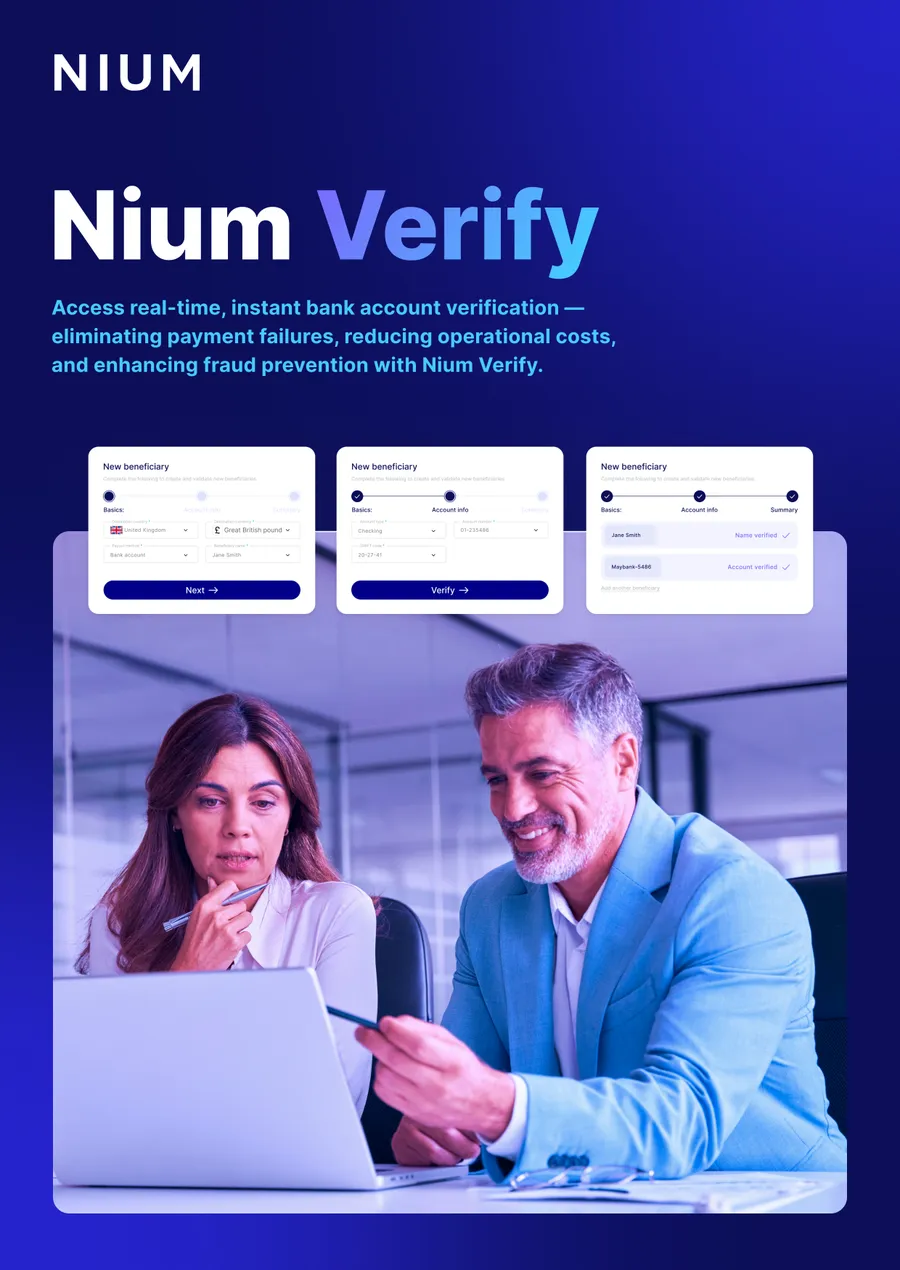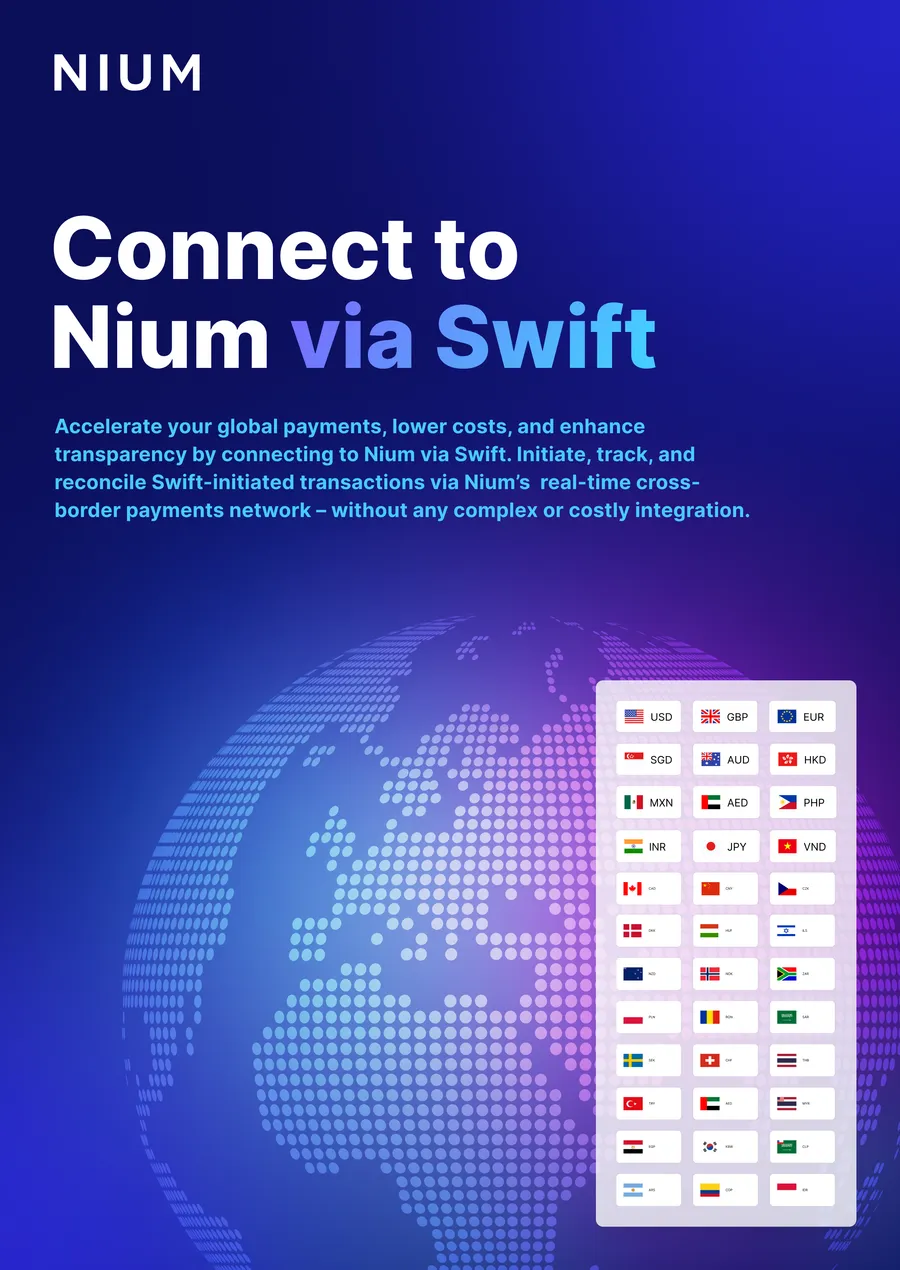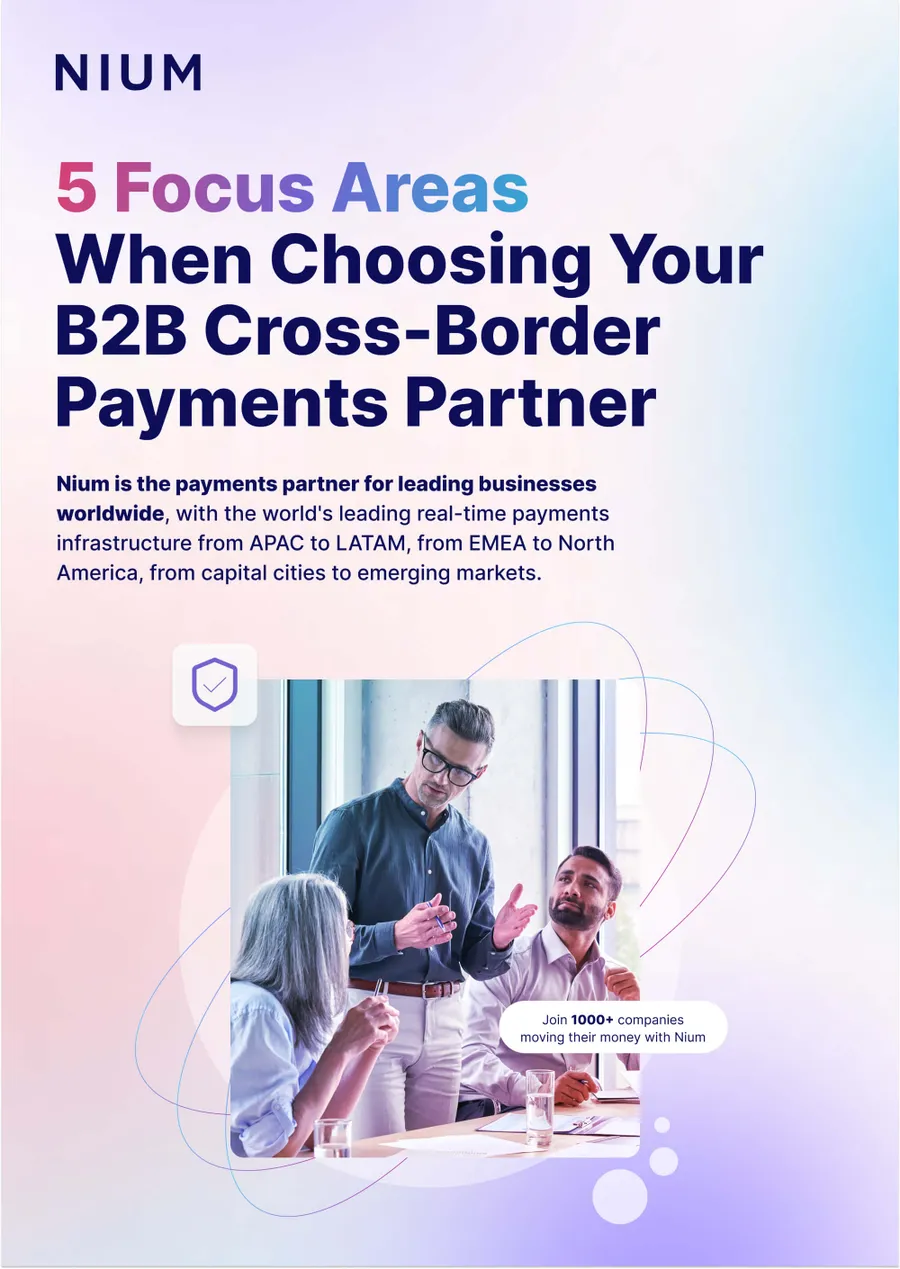Published Aug 24, 2021
Online travel agents (OTAs) face many challenges – economic uncertainty, geopolitical fluctuations, airline strikes and climate issues are just some of the things that can hit their profit margins. Needless to say, the impact of Covid-19 is the biggest risk at the moment. While these challenges are not within the control of OTAs, there is one key internal challenge they can be strategic about: payments.
OTAs must think carefully about their payment strategies to maximise profits and ensure they meet the varying needs of travel partners and customers. Today, to be a successful international online business, OTAs need to process payments swiftly and efficiently across borders, using a wide variety of currencies. That means using payment methods which are seamless, cost-effective and most importantly, fast.
Here’s an overview of the four main types of payment methods that OTAs can choose from, along with their advantages and disadvantages.
1. Bank transfer
This involves sending money directly from your bank account to your counterparty’s bank account. There are different options depending on your location and needs.
Advantages:
- Any account, anywhere. Bank transfers are convenient because you can make a payment to an account anywhere in the world, and it can be completed using a website or a mobile app.
- Cheap domestic payments. Costs are low if you are transferring funds to an account in the same country.
- Widely used. Acceptable to almost all travel suppliers.
- No collateral. Financial bonding is not required.
Disadvantages:
- High international transaction costs. With unfavourable exchange rates and heavy conversion fees, bank transfers become even less appealing.
- Transfers are non-reversible. There is little probability of reverse transactions in the event of a dispute or other problem once the transfer has been completed.
2. Airline settlement plans
Airline settlement plans are designed to manage and streamline the flow of data and funds between travel agencies and airlines. There are two main settlement plans: the International Air Transport Association’s Billing and Settlement Plan, which is a global initiative, and Airlines Reporting Corporation (ARC), an agency that provides settlement services across the US.
Advantages:
- Consolidation of payments. Instead of a separate relationship with each airline, travel agents need only make one regular payment to cover multiple ticket purchases.
- Centralised control. Workflows are simplified and there is increased financial control thanks to centralisation.
- Established and respected. In reliable use since the 1970s.
- Cost-effective and safe. Low-cost cross-border settlement and low fraud rates.
Disadvantages:
- Exclusions and limitations. Low-cost and chartered carriers are excluded. Payment is mainly for ‘full service’ scheduled airlines booked via a global distribution system, and it doesn’t cover hotels, car rentals and other travel needs.
- Limited coverage. Not an entirely global service as some countries are not covered, notably across Africa and Asia.
- Costly, as it requires assurance from OTAs. Bonds or other forms of collateral are often required from online travel agents.
- Airlines have the upper hand. The dispute and refund process strongly favours airlines.
- Time-consuming reconciliation. Agency bookings need to be reconciled with settlement statements.
3. Plastic cards
Cards are a popular mode of payment for online travel agents. Put simply, you wouldn’t last long as an international online business if you were unable to make or accept card payments. The payment networks (known as ‘rails’) that support cards are global – for example, Mastercard and Visa – which is ideal for a worldwide industry like travel.
Advantages:
- Global recognition and acceptance. You can make and accept payments wherever you are and wherever your suppliers and customers are.
- Convenient and reliability. Both parties in a card transaction can be confident of smooth payment flows via trusted networks.
- Reversible Transactions. If there is a problem, refunds are possible.
- Cards help improve cashflow. When a charge is placed on a credit card, it gives you extra time to settle the debt, increasing liquidity for OTAS.
Disadvantages:
- High number of card fraud. Card-not-present (CNP) fraud has been growing as more business has moved online. CNP fraud occurs when a card, or the information on the card, has been stolen and is used to make fraudulent purchases.
- High currency conversion fees. If you make purchases outside your home country, foreign exchange costs apply, and an unfavourable exchange rate can further dent your profit margin.
- Possibility of debt trap. The time lapse between purchase and settlement is a double-edged sword. Although paying with plastic helps cashflow, it can lead to debt if liabilities mount up and are compounded by interest.
- Inability to balance security and experience. Strong customer authentication (SCA) is a vital measure to safeguard card-not-present transactions, but it is complex and proving challenging to implement. Businesses that are not compliant will see an increase in failed transactions, while the additional security checks may add friction to payment processing.
- Not all schemes are equal. While the different card schemes cover the world, they are not universally accepted.
4. Virtual cards
Virtual cards are digital, with a set of 16 numbers and a CVV code (card verification value). Virtual cards provide a temporary, one-time-only form of payment that is highly secure and can be processed by anyone who accepts traditional card payments.
Advantages:
- No more fraud. Because virtual card numbers are randomly created for one-time transactions and specific amounts, payments are tied to the card owner.
- Versatility. Accepted by any merchant that takes cards, and they work well for pre-paid bookings or reservations where payment is taken at check-in or check-out.
- Better liquidity. Payment dates can be customised to maximise the time money stays in your account before settlement.
- Enhanced flexibility. Payment authorisation times can be changed if, for example, the date of a flight is altered.
- High transparency. Virtual cards provide rich information about transactions, giving you a clear view of payments and accounting.
- No FX fees. Because virtual cards can be set up to accommodate any currency, you can buy globally but settle locally.
- No manual reconciliation. The unique card number means every item on a supplier’s invoice matches every item on your payment statement.
Disadvantages:
Payments are complex and ever-evolving. That’s why it’s important to work with a payments partner who understands the business environment and the changing landscape for international commerce.
Increasingly, OTAs are turning to virtual cards as a better way to make business payments. Nium helps OTAs get market-ready by rapidly issuing virtual cards. It’s platform provides access to other modes of payment, helping clients adapt to changing market needs while saving them money and time. Find out how we keep the travel industry moving and up-to-date with the latest payment technology.


.png@webp)


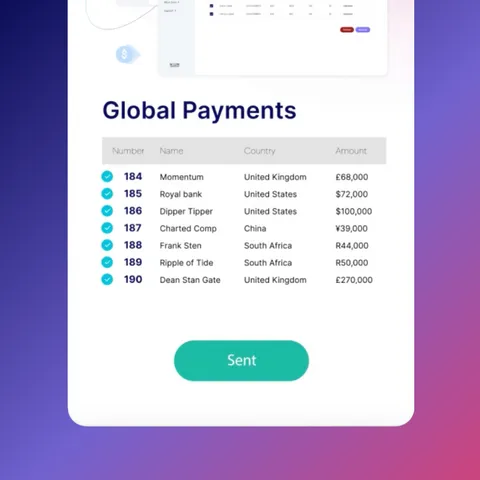
.png@webp)
.png@webp)
